I have decided to try to adopt some of the customs of the tribespeople. They take long strands of fabric and manipulate it into textiles. It is a fascinating process I wish to learn.
I started my attempts at what the natives call an “LYS” which contains the various viscera, herbs, and tools necessary to “knit.”
I picked out this fine orange “yarm.” By its label I am told it is organic cotton. I have also selected a few tools necessary to learn this craft.
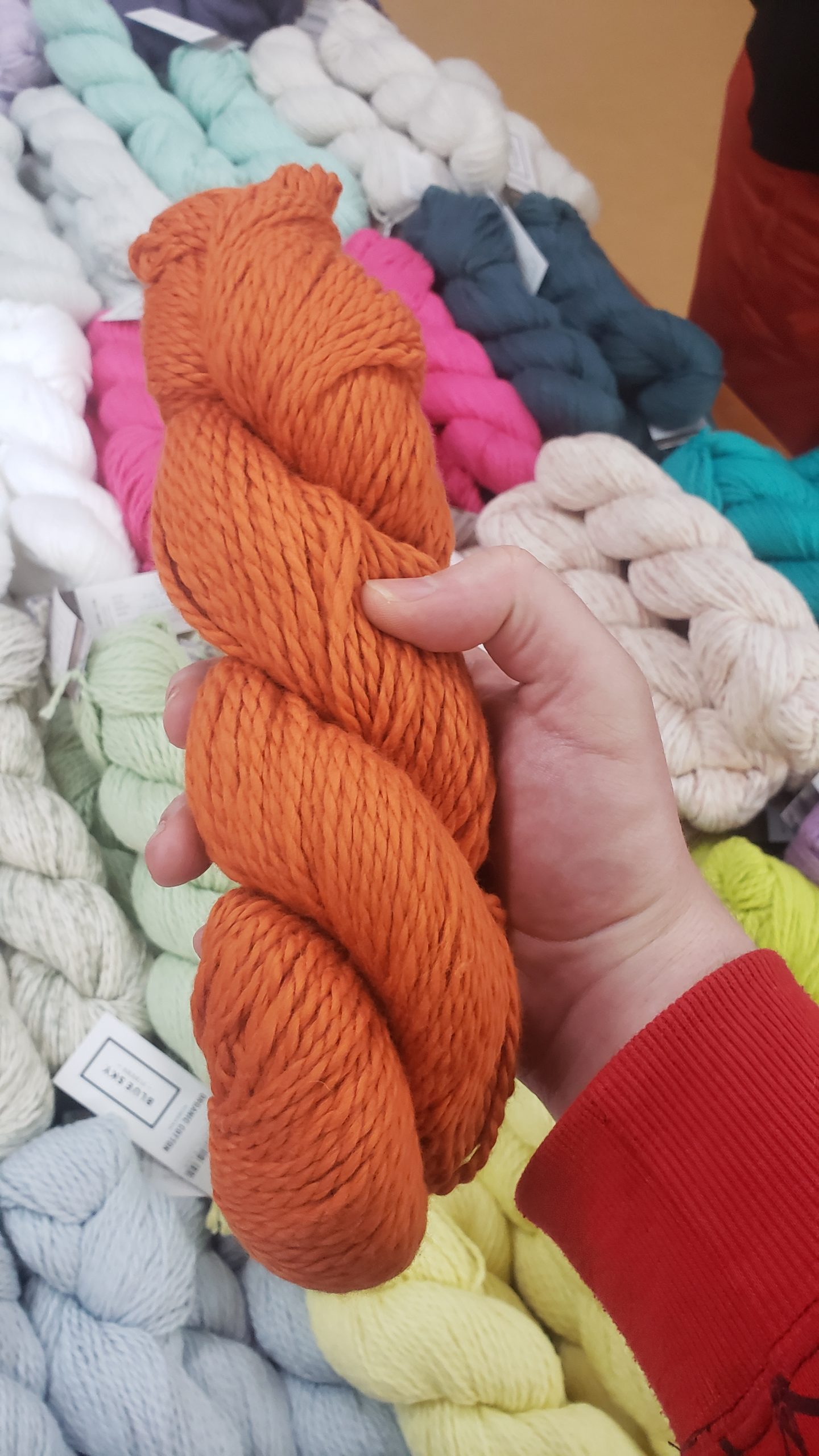
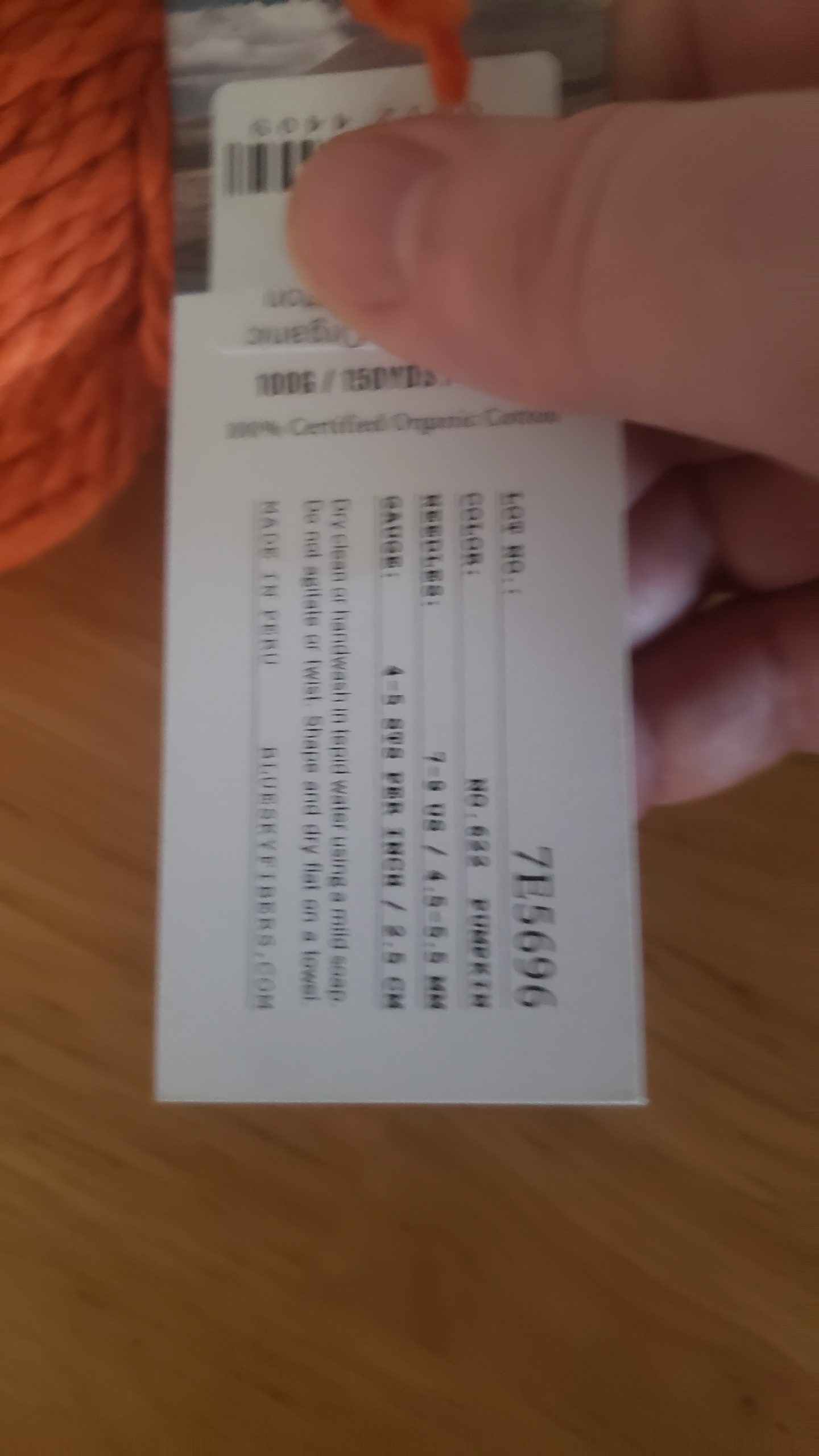
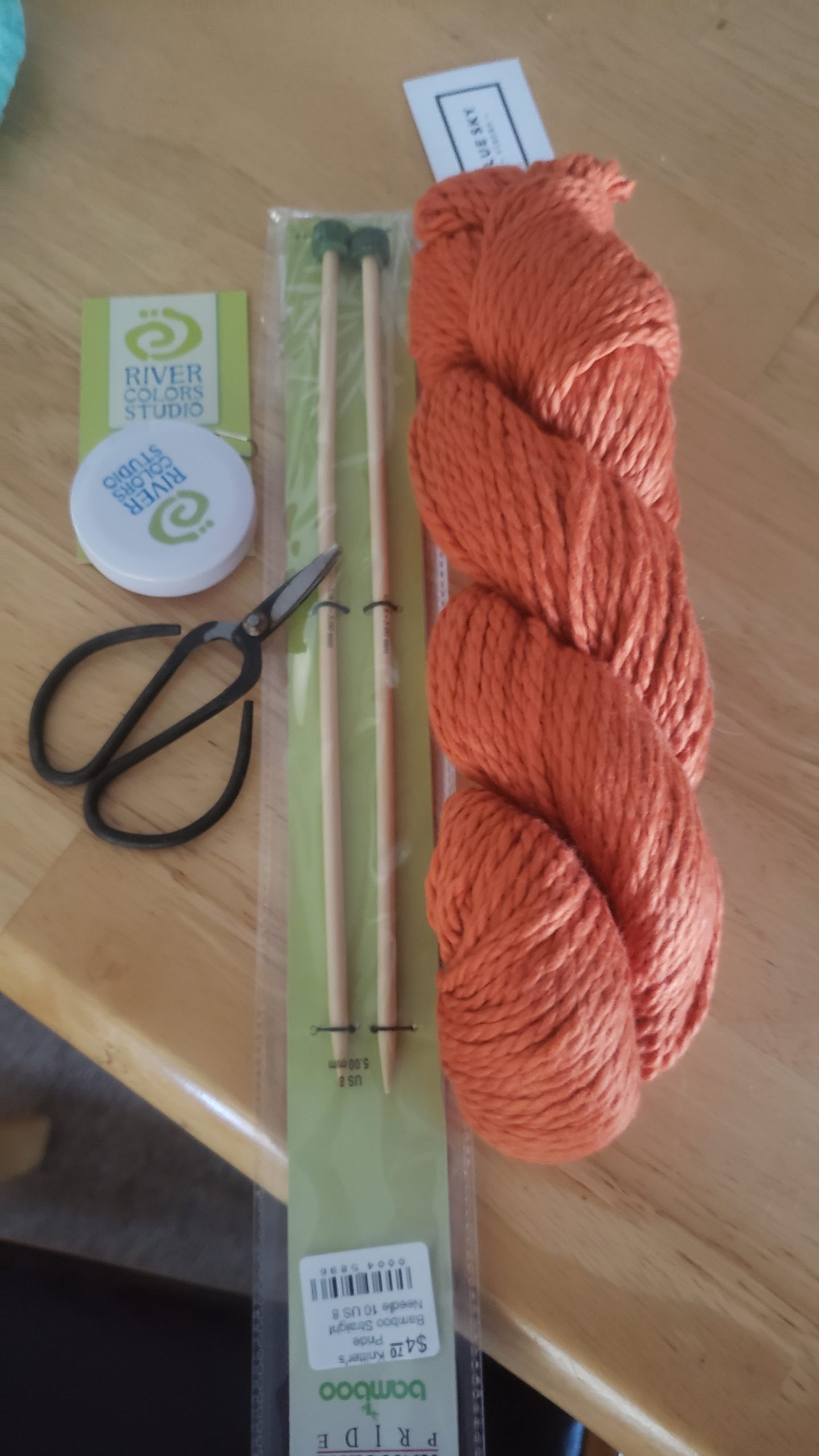
Before I can start, the leader of the tribe has presented me with a gift. She calls it a “knit kit” and it contains many other tools and accessories I didn’t know were required as part of this craft. I am told they are not necessities. It is a humbling gesture.
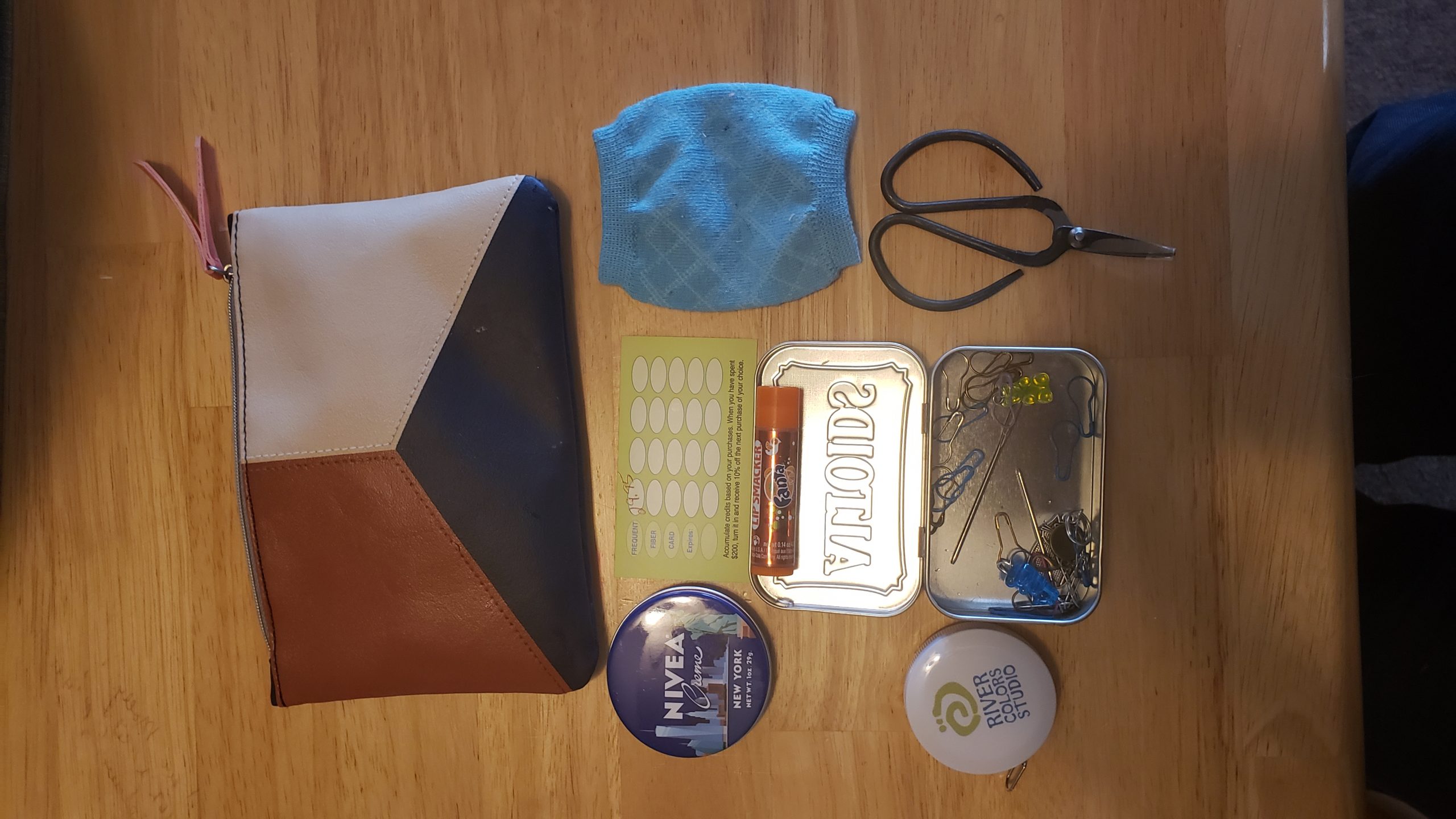
At this time I was ready to begin. I prepared the “needles” and picked up my “skein” before I learned there was more to do.
The “skein” must be unwrapped, unraveled, and rewound in a ritual I’m told must be done with virtually all “yarms.” I do not understand why this ritual must be performed by me and not the shaman who prepares the fibers, but I respect the sacrament. Perhaps it is to bring us closer to the fibers we are about to work with, perhaps it is done in deference to the individuals, plants, and/or animals involved in supplying the “yarm.”
I am introduced to primitive devices that appear to be used for some form of medieval torture. They are introduced to me as a “swift” and a “ball winder.”
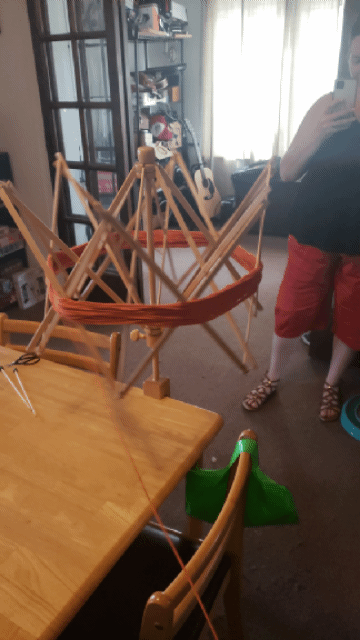
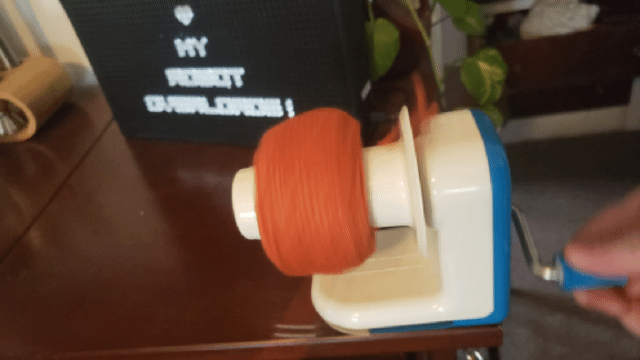
I am left with prepared fibers, ready to be manipulated to my will!
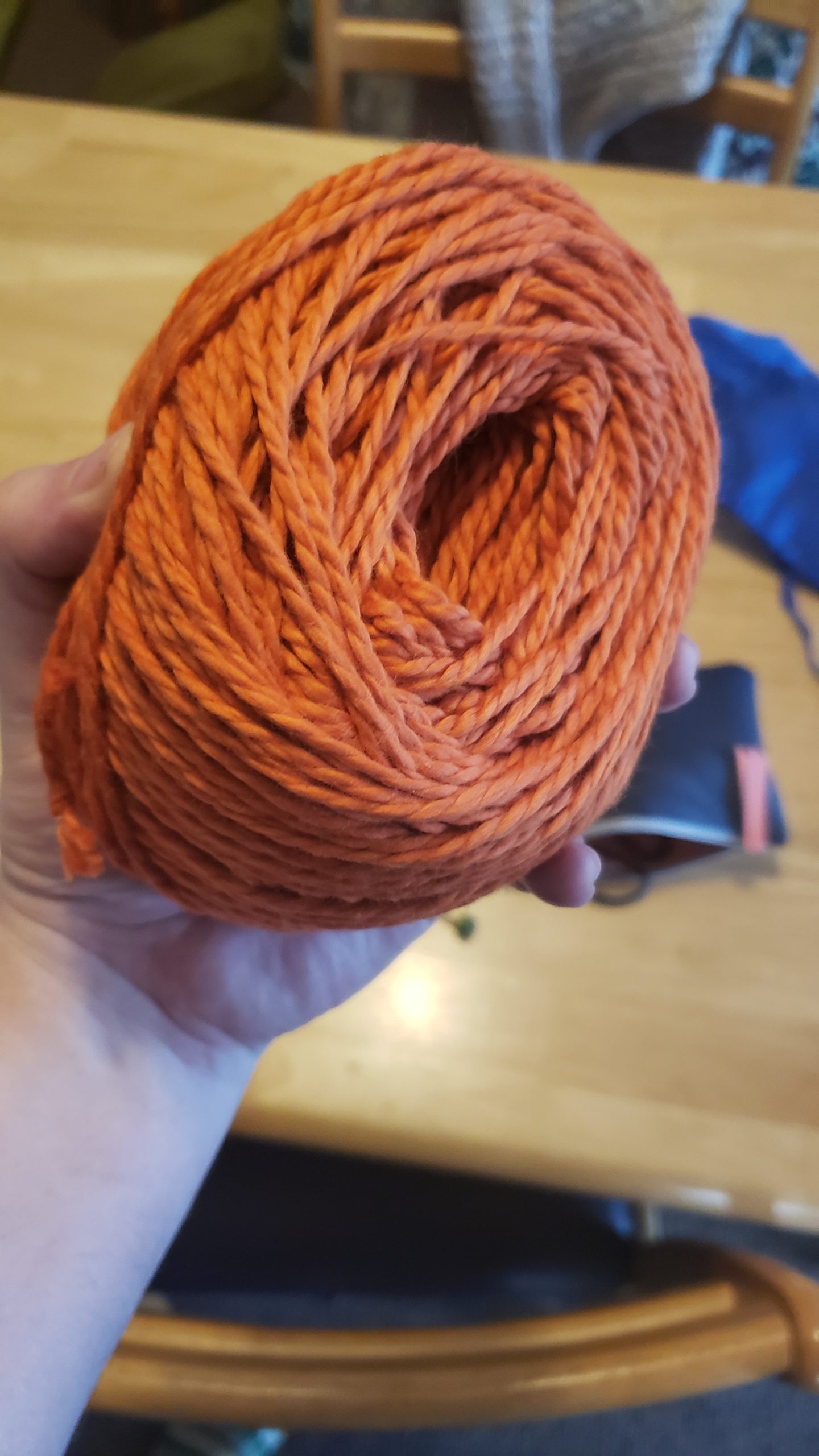
The “slip knot” is something I was not aware I was already familiar with. The very first step of the knitting project was easy, but I was quickly thrown a challenge. Despite multiple attempts to “cast on” no additional “stitch” appears on my needle.
I learn I am performing the first step of the “cast on” incorrectly and am moving my thumb in the wrong direction. This new challenge of my dexterity feels foreign and uncomfortable. However, I was able to leverage knowledge of a Japanese martial arts technique known as “musha-dori” to correct the knitting mistake. Casting on now takes on the same motion as performing an outside elbow lock, and suddenly feels familiar. The stitches come quicker and quicker, and soon I have cast on all 39 stitches of my first project.
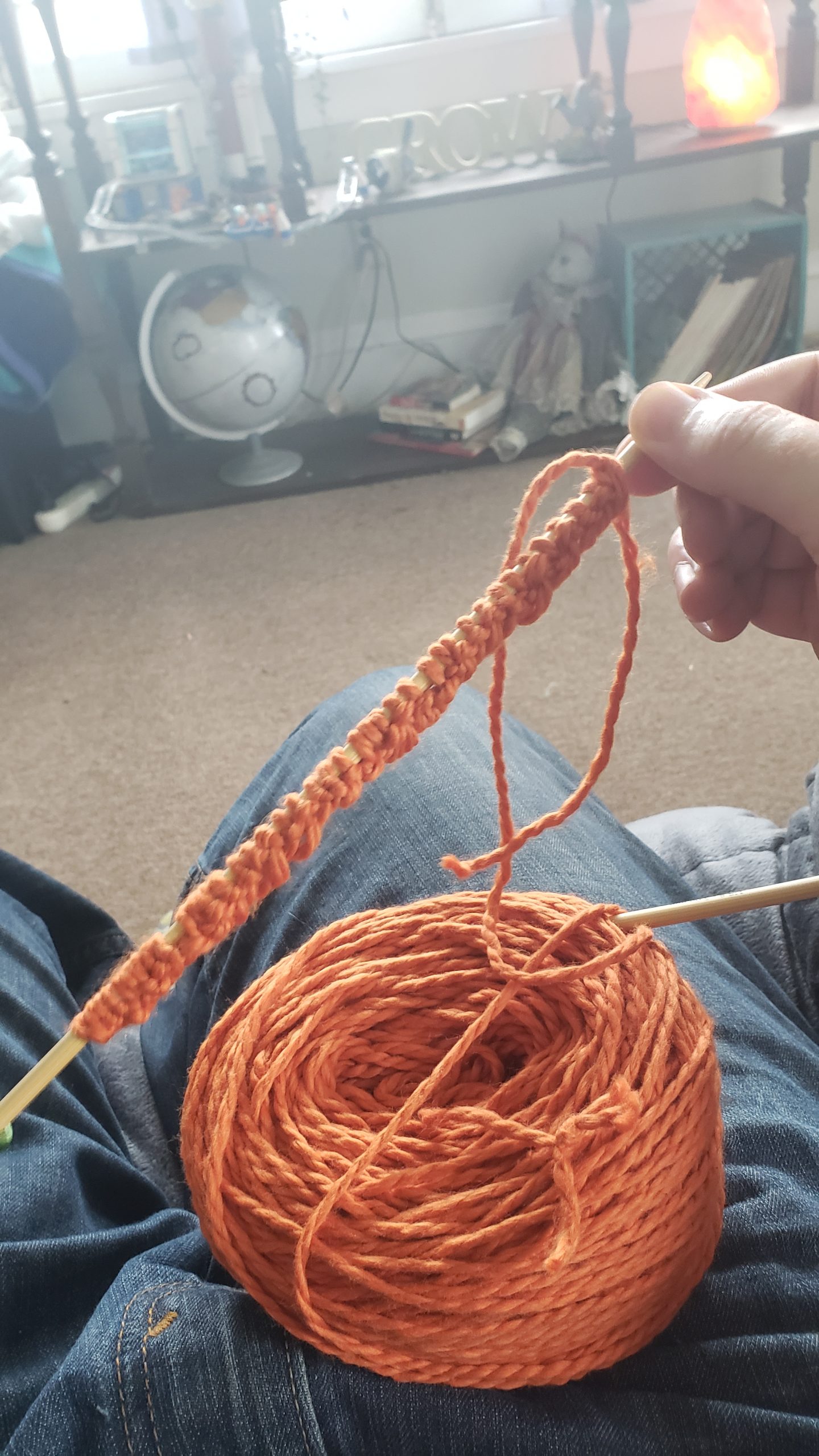
Up next: learning the “knit” and “pearl” stitches. I am told these are the two most basic, and I must master the knit and pearl before I can hope to achieve anywhere near the level of feat the Tweasels are capable of.
